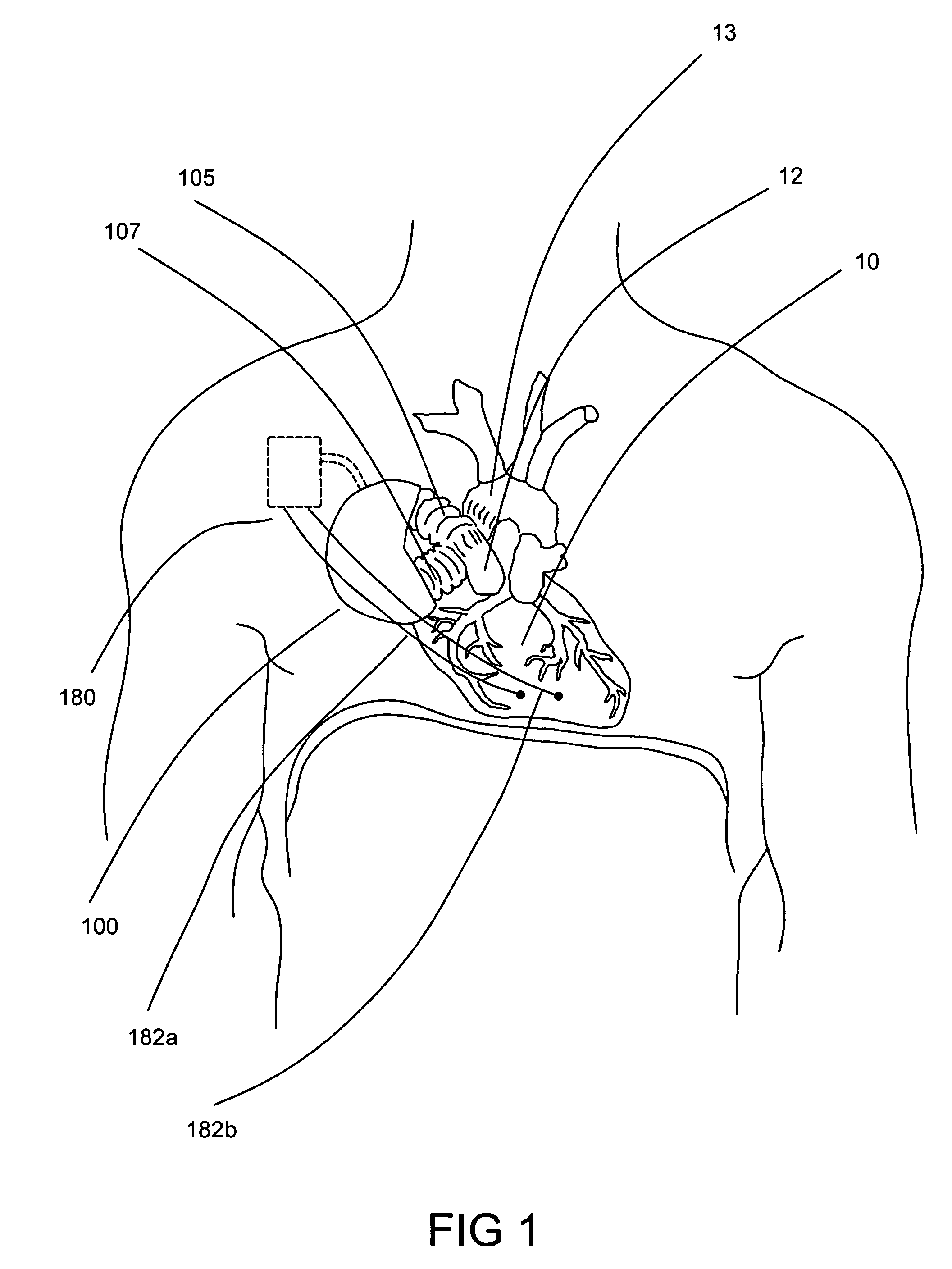Devices, systems and methods for assisting blood flow
a technology of blood flow and devices, applied in the field of blood pumps, can solve the problems of heart failure, high cost to society, poor quality of life, etc., and achieve the effects of reducing length, reducing weight, and being easy to attach
- Summary
- Abstract
- Description
- Claims
- Application Information
AI Technical Summary
Benefits of technology
Problems solved by technology
Method used
Image
Examples
Embodiment Construction
[0054]The pumps of the present invention can, for example, assist or augment cardiac output via in-series placement with a blood vessel such as the ascending aorta just above the heart of a patient suffering from heart disease. The pumps of the present invention can, for example, alternatively or additionally be placed in series connection with the pulmonary artery. In several embodiments of the pumps of the present invention, a multi-stroke or oscillating valve is used to induce blood flow. As used herein, the term “multi-stroke” refers to a valve that oscillates (that is, moves forward and rearward) more than once for each left ventricle contraction.
[0055]Referring now to the drawings, wherein like reference numerals refer to the same item, there is shown in FIG. 1 a pump 100 connected to the ascending aorta at the output of the patients heart 10. In a fully implanted pump configuration as illustrated in FIG. 1, the pump 100 is be placed close to the ascending aorta in the upper r...
PUM
 Login to View More
Login to View More Abstract
Description
Claims
Application Information
 Login to View More
Login to View More - R&D
- Intellectual Property
- Life Sciences
- Materials
- Tech Scout
- Unparalleled Data Quality
- Higher Quality Content
- 60% Fewer Hallucinations
Browse by: Latest US Patents, China's latest patents, Technical Efficacy Thesaurus, Application Domain, Technology Topic, Popular Technical Reports.
© 2025 PatSnap. All rights reserved.Legal|Privacy policy|Modern Slavery Act Transparency Statement|Sitemap|About US| Contact US: help@patsnap.com



